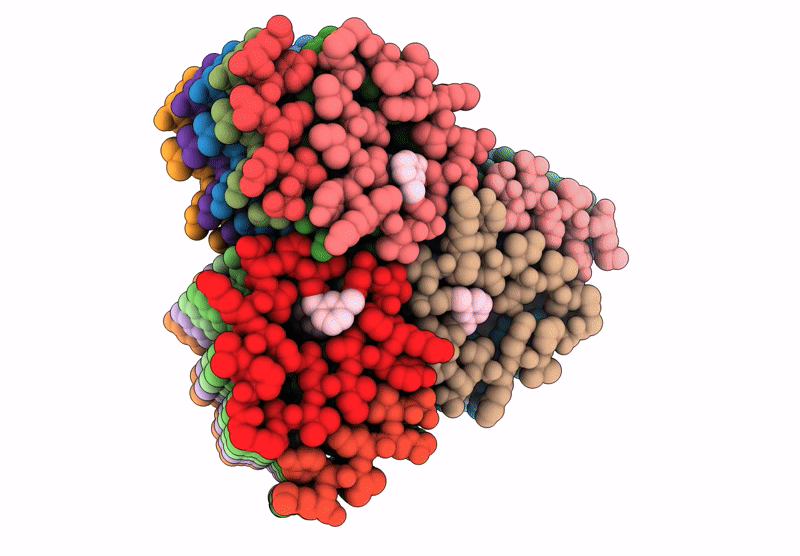
Deposition Date
2024-03-18
Release Date
2025-03-26
Last Version Date
2025-10-08
Entry Detail
PDB ID:
9B3A
Keywords:
Title:
filament of type 1 KD-mxyl miniature tau macrocycle derived from 4R tauopathic fold
Biological Source:
Source Organism:
Homo sapiens (Taxon ID: 9606)
Method Details:
Experimental Method:
Resolution:
3.20 Å
Aggregation State:
FILAMENT
Reconstruction Method:
HELICAL


